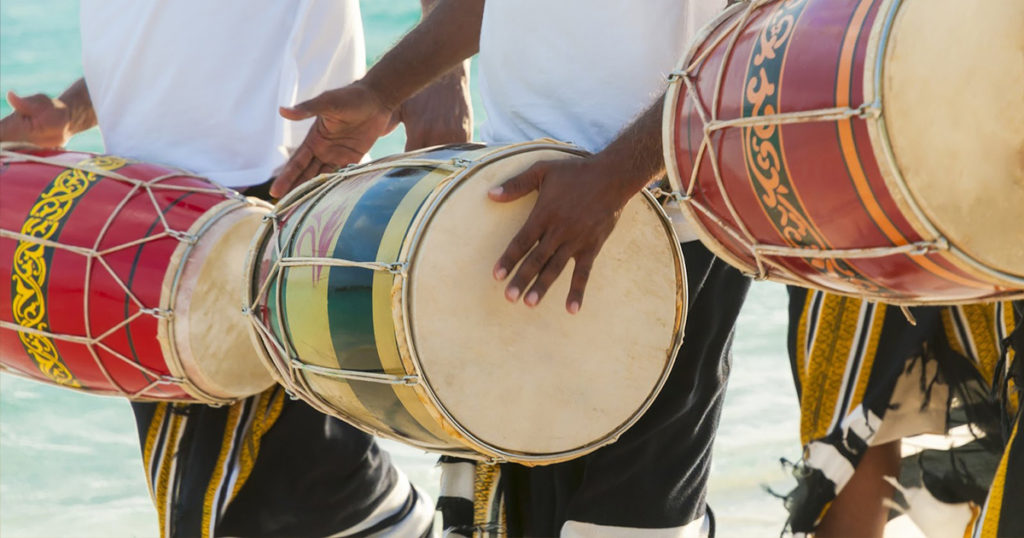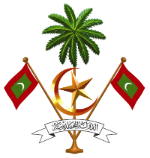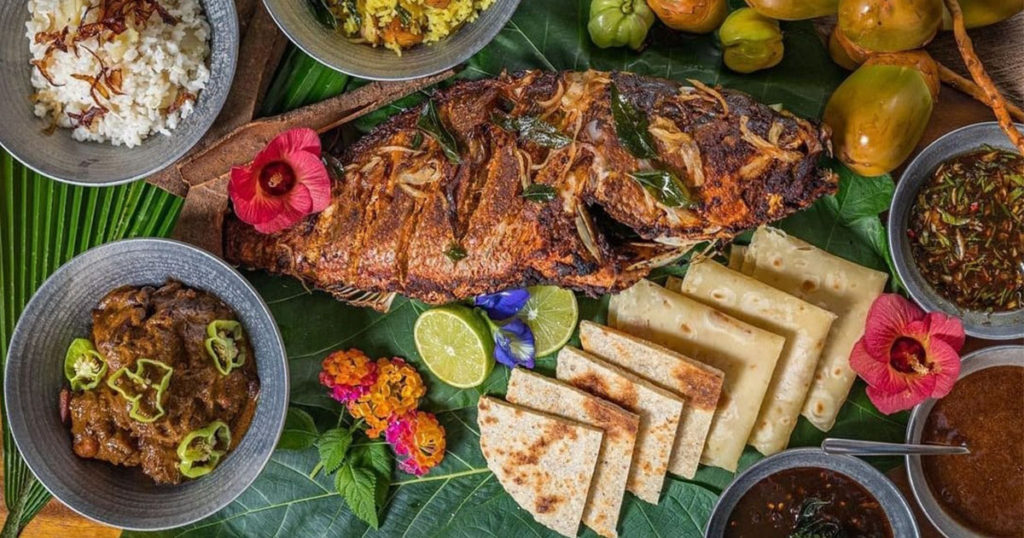
The traditional cuisine is heavily based on fish and coconut, with several dishes that have no parallels anywhere in the region.
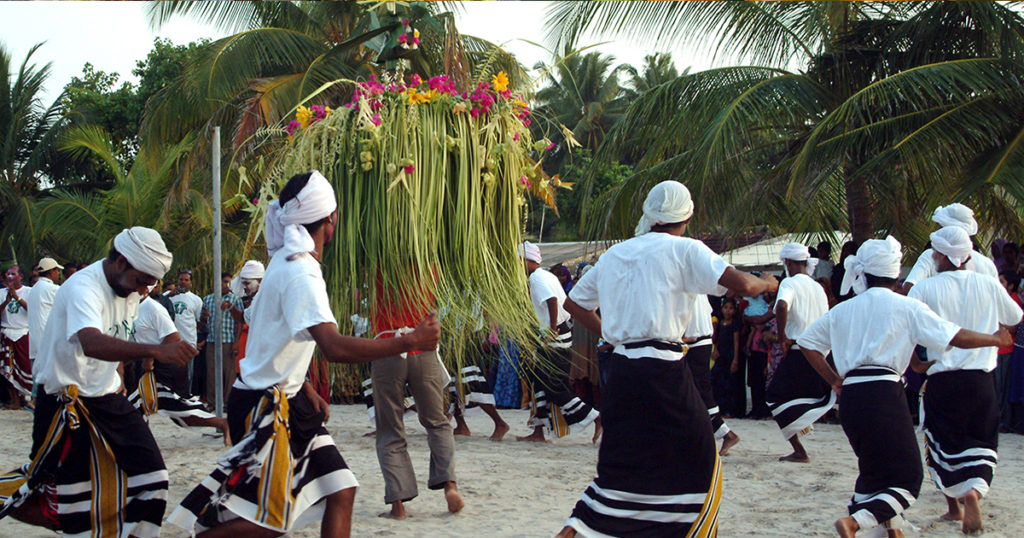
Our music and dance display strong influences of East Africa, Arabia and the Indian subcontinent. There is a rich tradition of Maldivian crafts; lacquered wooden ornaments, finely woven reed mats, and coral carvings are crafts that have been passed down through several generations.
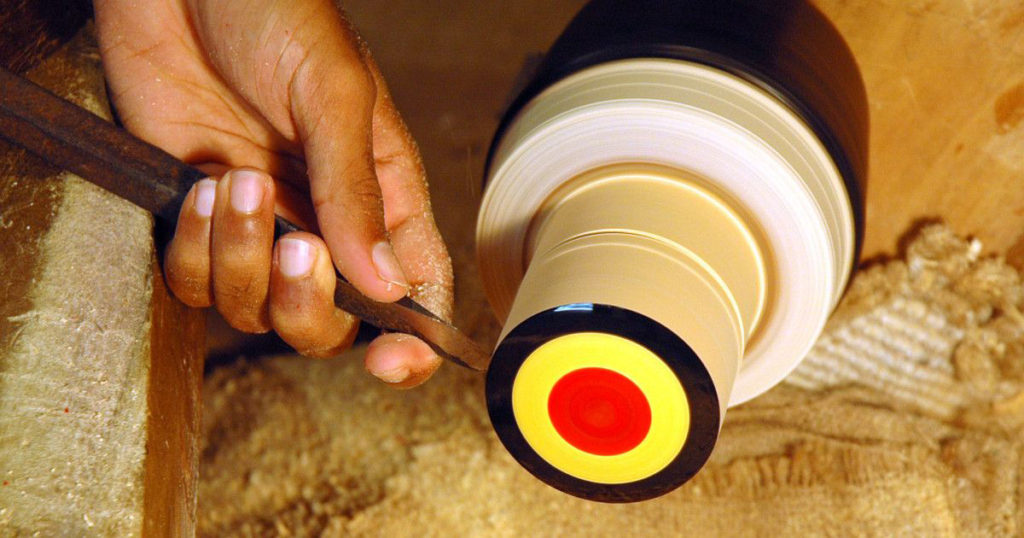
Another important aspect of Maldivian culture is a form of music called Boduberu, which is both the most familiar and most popular form of indigenous music, particularly in the Northern Atolls. It is a type of music which is very similar to that of eastern and south-western Africa. Boduberu is typically performed by about 15 people, including three percussionists and lead singer, as well as a bell, a set of double-headed drums also known as a bodu beru, and a small stick of bamboo called an onugandu, which has horizontal grooves and is scraped to make the required sounds. People of all age groups can participate and do so enthusiastically, with spectators joining in by clapping and dancing.
